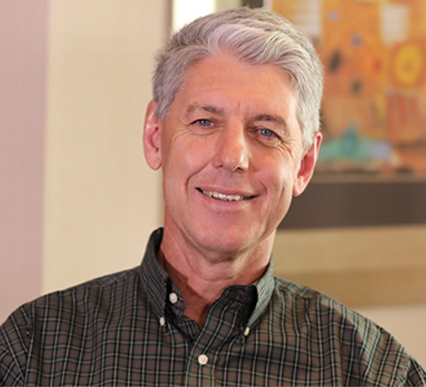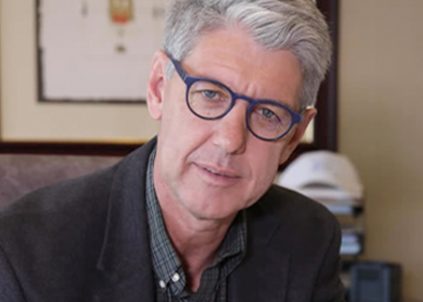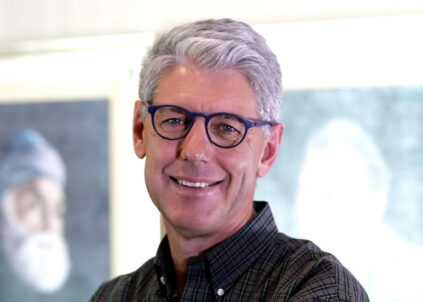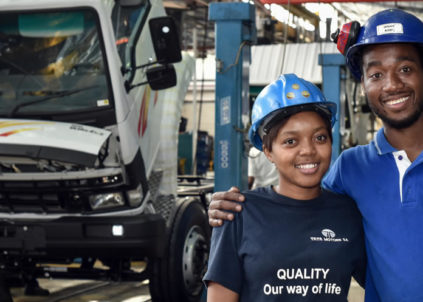Enabling the Dream
Published: 2nd June, 2020

Len Brand, Chief Executive Officer at Tata International Africa Distribution Vertical, has travelled and worked in Africa for more than 25 years. He shares some key pointers and thoughts on how he and his team have managed to navigate their way forward in doing business in Africa.
In today’s troubled world, the African Union is projecting that exports and imports of African countries will reduce by at least 35 per cent from the level reached in 2019, which is a loss estimated at around $270-billion. The UN Economic Commission for Africa (UNECA) has also estimated that the continent may lose half of its GDP growth (from 3.2% to 1.8%), particularly due to supply chain disruptions, shrinking investment and lower remittances.
With this scenario top of mind for those companies doing business in Africa, we need to ask ourselves: How are we going to continue working in Africa knowing this?
Strong ethics
First and foremost, for us at Tata, is the ability to draw on the strong ethics entrenched in all of our businesses, and this is what has always and will continue to guide us as to how we approach the market. Our ethos of integrity and ethics is ingrained in everything we do.
Mindset
Of course, mindset is critical and it has to be right in order to make business work in Africa. It is important to find out what matters to people, now and in the future.
As a team, we spend a lot of time in Nigeria, Ghana, Kenya and other parts of Africa, in an attempt to understand each scenario and situation a little bit better each time we travel in country. For us, it’s not only about the sale, it is about helping to solve problems. If you get this right, the commitment to the sale will come later. It’s about solving the issues first.
Knowledge and understanding of the different markets
Another key factor is the knowledge of the markets in which we operate. Understanding the different regions will unlock doors into areas where others may find access difficult. It is important to appreciate the unique situations in each market in order to achieve success.
Enabling the dream
A strong driver in the way we as an organisation approach a new challenge and business opportunity, is to take a step back, assess the risk, mull it about and then collectively work out a plan as to how we’re going to mitigate any risk which may present itself, and ultimately enable the customer’s dream. By doing this, it makes it a lot easier to proceed with confidence and allocate the necessary funds to unlock the potential.
Working with the right leadership team
Ultimately, it’s about harnessing the support of a strong team and choosing the right people to work closely with. For me, while building a healthy, viable company, the plans and dreams from when I took over as CEO of Tata Africa three and a half years ago, are bearing fruit and falling neatly into place. Focusing on building a strong leadership team, who I can trust and work with, has given me comfort in placing responsibility on them to run with operational issues in country.
Today, Tata is a brand that is synonymous with ethical business operations in Africa. It is committed to its vision of building and sustaining relationships with cooperation and trust, creating employment opportunities and making its contribution to the social development of local communities.
Note: Prior to his position as CEO at Tata International Africa, Len Brand spent 22 years focused on agricultural mechanisation equipment, and golf and turf equipment, in sub-Saharan Africa, Germany, and the United States, six of which were spent in the role of MD at John Deere Sub-Saharan Africa. He sits on the BRICS Institute’s Advisory Board.
Related posts

In April 2020 the Covid-19 pandemic brought Tata International Africa to a standstill,...

South Africa, September 2020: Tata International Africa, a subsidiary of Tata International, has...

Tata Motors, India’s largest commercial vehicle manufacturer, has launched an initiative to train...
